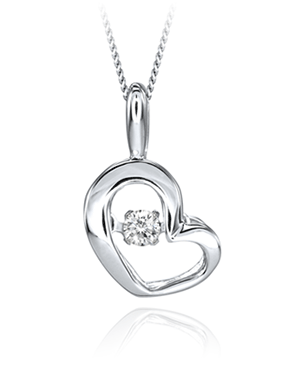Shop all Jewellery
Lab Diamonds
Earrings
Pendants
Pulse Diamonds
Heart Pendants
Silver Pendants
Bracelets
Shop All
Pendants
Earrings
Chains
Necklaces/Pendants
Bracelets
Rings
Silver Gemstone Jewellery
Heart Pendants
Charles Garnier
Elle Jewellery








